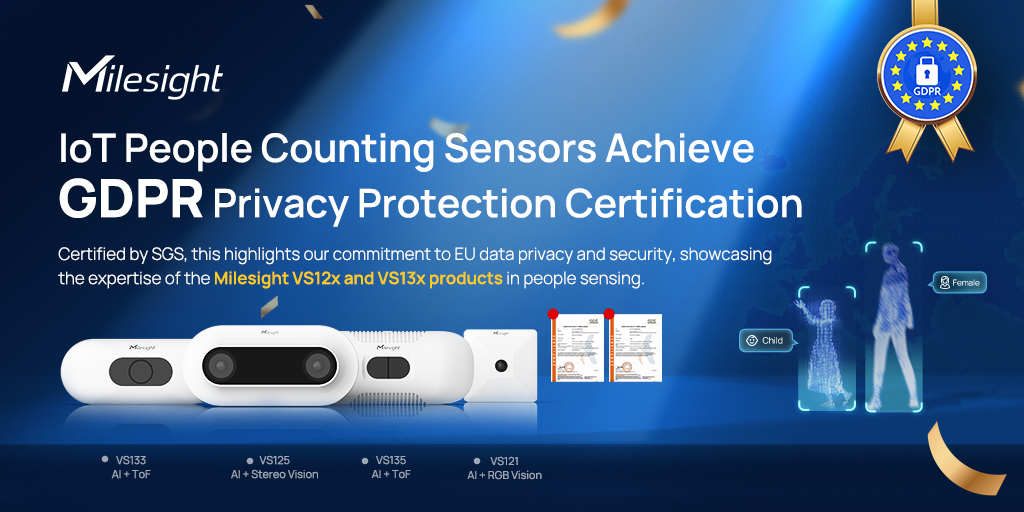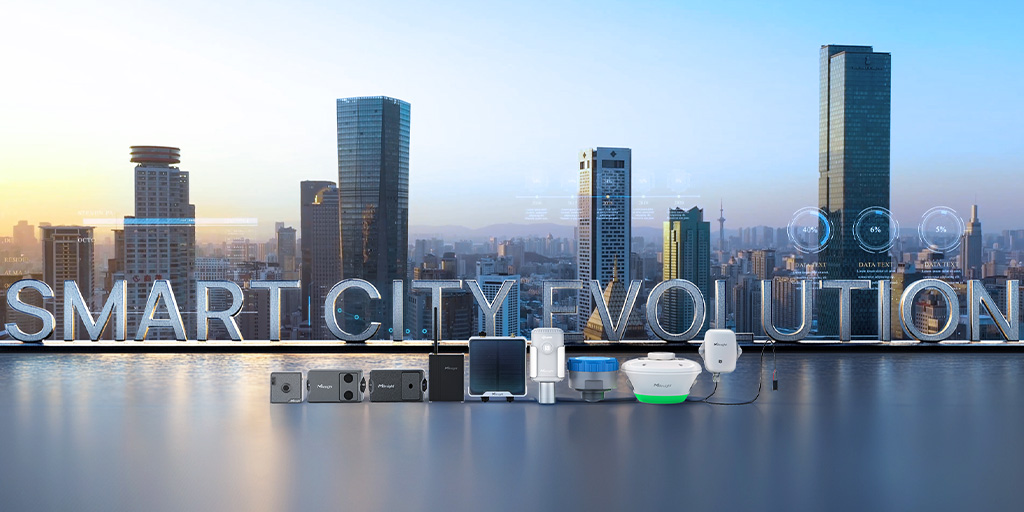
Heating, ventilation and air conditioning (HVAC) systems are widely used worldwide to monitor and regulate the environmental conditions in every type of building. For better control of indoor pollutant concentrations, Demand Controlled Ventilation (DCV) demonstrates a huge impact. With DCV, ventilation intensity can be adjusted to real needs to improve the energy efficiency of HVAC systems. It offers significant advantages, especially in situations where occupancy rates are highly variable, such as in schools, conference centers and workplaces. Among many factors of indoor air quality (IAQ), the CO2 level in a space is a reliable indication of human presence which can be a practical reference for DCV. With accurate CO2 sensing and real-time IAQ data, the efficiency of HVAC can be significantly optimized.
Practical HVAC Adjustment with IAQ Data in Real-Time
In the era of the Internet of Things, CO2 sensors are great helpers which are commonly used to measure the air composition in ventilation units to monitor the performance of HVAC systems in offices and commercial buildings.
Choosing the appropriate source of data is incredibly important as not all will provide the same accuracy and quality. With Milesight IAQ Sensor, real-time and accurate data is available. This is suitable for bench-marking and developing ventilation, filtration, and other indoor air quality management strategies. In addition, by connecting sensors and gateways to the cloud platform, the dashboard presents all information in well-organized and illustrated format. Most importantly, it can alert you of unqualified status before it is too late.
Increased Occupants Satisfaction with Direct and Clear IAQ Status
To cater to various demands, Milesight develops different types of IAQ Sensors: the 3-in-1 IAQ Sensor AM103/AM103L and 9-in-1 IAQ Sensor AM307/AM308/AM319. AM103/AM103L is compact and capable of detecting CO2, humidity, and temperature. Beyond that, if customers are in an environment where TVOC, barometric pressure, PIR, especially PM2.5 and 10 should also be checked frequently, then the AM307/AM308/AM319 would be a stronger candidate.
The great thing about IAQ sensor is the e-ink screen. Every user can immediately see how the air quality is by reading the numbers and seeing the vivid emoticons on the display. Facility managers can set thresholds for any relevant key parameters of air quality, such as temperature, CO2 concentration, PM2.5 and PM10 etc. When it reaches a certain level, the emoticon will change accordingly. What’s better, for a clearer view of CO2 level for everyone, in AM103, the CO2 and temperature values on e-ink screen are bolded in larger spaces.

Smart HVAC System Management with IAQ Sensors
In buildings such as workplaces and schools, the occupancy of space varies regularly over different time periods. It would be more cost effective to adjust the HVAC system according to the schedule so that the IAQ sensors can be adjusted accordingly. To achieve this in a smart way, Milesight IAQ sensors support smart screen mode and hibernation mode to save energy operation and extend the battery life of IAQ sensors in bulk management.
- What is Smart Screen Mode
All Milesight IAQ Sensors are supporting smart screen mode, where the screen will stop updating to save power when the current collected value is close to the last value. In AM307/308/319, the screen will stop updating to save power when PIR value is 0 (Vacant) and last for 20 mins. In AM103, when the reading is within a certain range (temp. ≤ ±0.5°C and hum. ≤ ±3% and CO2 ≤ ±50 ppm), the smart screen mode will be on and the minimum refresh interval is customizable from 2 to 1080 minutes to refresh the screen.

- What is Hibernation Mode
Besides smart screen mode, hibernation mode is supported in AM103. Use hibernation when you know you will not be using the IAQ sensor for an extended period of time to save more power. Hibernation uses less power than smart screen mode as the data collection will automatically turn off. However, if a comprehensive data log is needed, facility managers can turn on the LoRa uplink with hibernation mode enabled, in which case the screen will still keep displaying hibernation mode, but only to save screen power consumption.

- Advanced Management via IAQ Sensors with over 10 Years Battery Life
Take a typical classroom scenario as an example. We took the Milesight AM103-868M, set the reporting interval to 10 minutes, and tested it at SF7. The AM103 only works when most students and staff are present, which is 8 hours per day. When the classroom is occupied by a few people during non-school hours and on weekends, the AM103 will turn on hibernation mode and stop collecting IAQ data. In this case, a battery life of over 10 years can be achieved. The battery life of the AM103 can be extended by about another 2 years if the smart screen mode is turned on. Considering the need for overall IAQ data logging, we also tested a hibernation mode with LoRa uplink, which continues to collect IAQ data but turns the screen into a cute coffee icon. In this case, a battery life of over 5 years can be achieved, which is competitive in most projects. With the smart screen mode on, the AM103 can add another about 0.5 years to its battery life.










